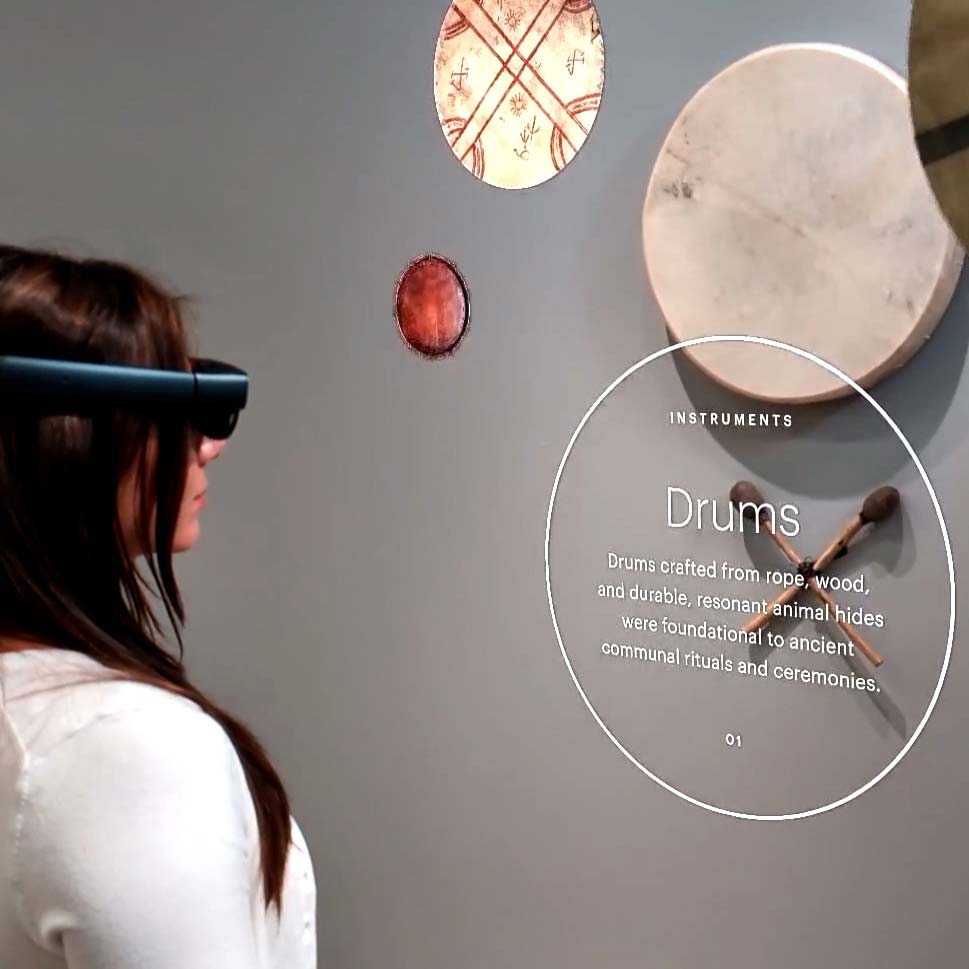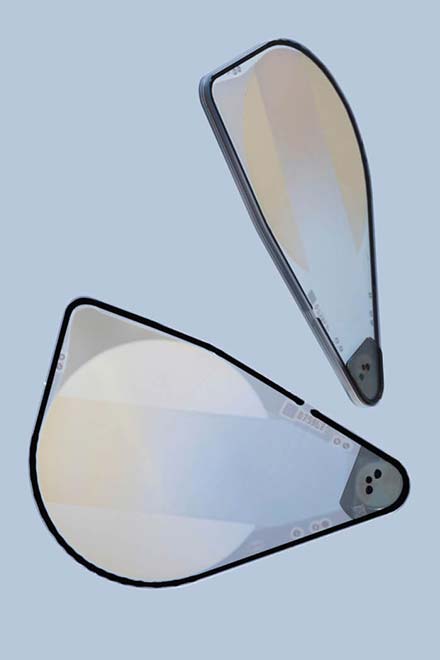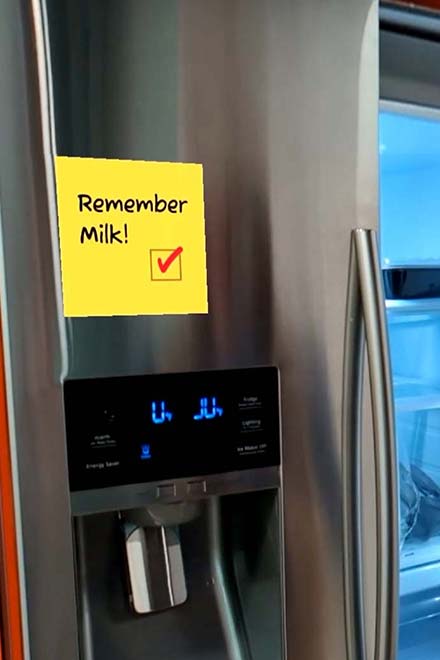World Understanding

We build AR that sees the world through human eyes — designed to understand space, movement, and intent so content feels natural, grounded, and always in sync with the person wearing it.
Sensing Technologies
Our world. Enhanced and reimagined
To make a product that brings the digital world into the physical one, it needs to have a deep understanding of its surroundings. Our in-house engineering team accomplishes this by employing advanced computational exercises, sensors, and a myriad of other technologies to interpret what’s happening around the user, and how the user is interacting with that environment. This provides the most seamless and natural AR experience possible.
Sensors that shape experiences
Human-Centered Design
AR that understands the user
Our approach to world understanding starts with the person. That’s why we focus just as much on how people move, see, and interact as we do on how devices map space. We balance human and environmental understanding to deliver experiences that feel stable, intuitive, and fully integrated with the physical world — so users can stay present and grounded in the moment.
Adaptive Content Anchoring
Clarity through context
AR works best when it quietly adapts to its surroundings. Our systems sense surfaces, light, and obstacles in real time, placing digital content with precision — whether it’s a note on a desk or a calendar on a wall. The connection between hardware and software ensures content stays anchored and relevant. When AR understands the world it’s in, it adds clarity and context — not clutter.
Environmental Integration
Spatial awareness grounds the experience
For content to feel real, it has to stay put. Anchoring and world locking ensure digital elements remain fixed, even as people shift perspective, walk around, or sit down. It’s about understanding the physical space — from walls and floors to streets and storefronts — and using that awareness to fluidly place digital content. When the space becomes part of the experience every interaction feels natural.
Stability in Motion
AR that moves with you
People are always in motion — and AR should be too. Whether standing, seated, reaching, or walking, interfaces must adjust in real time. Content resizes, repositions, and reacts to changes in posture or proximity, respecting natural movement and personal space. When technology adapts to people — not the other way around — it becomes effortless. People become free to connect with what really matters: the world in front of them.









